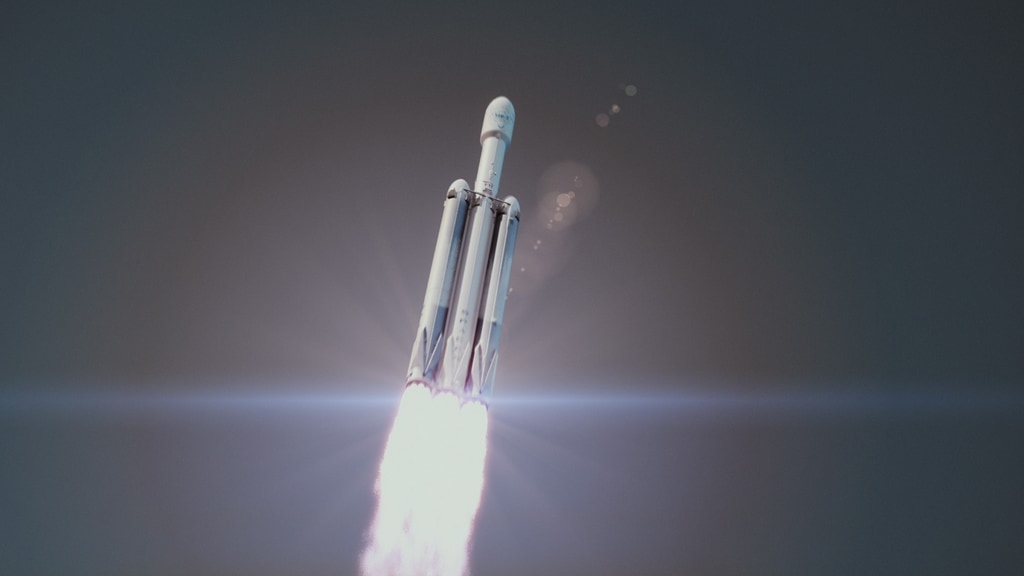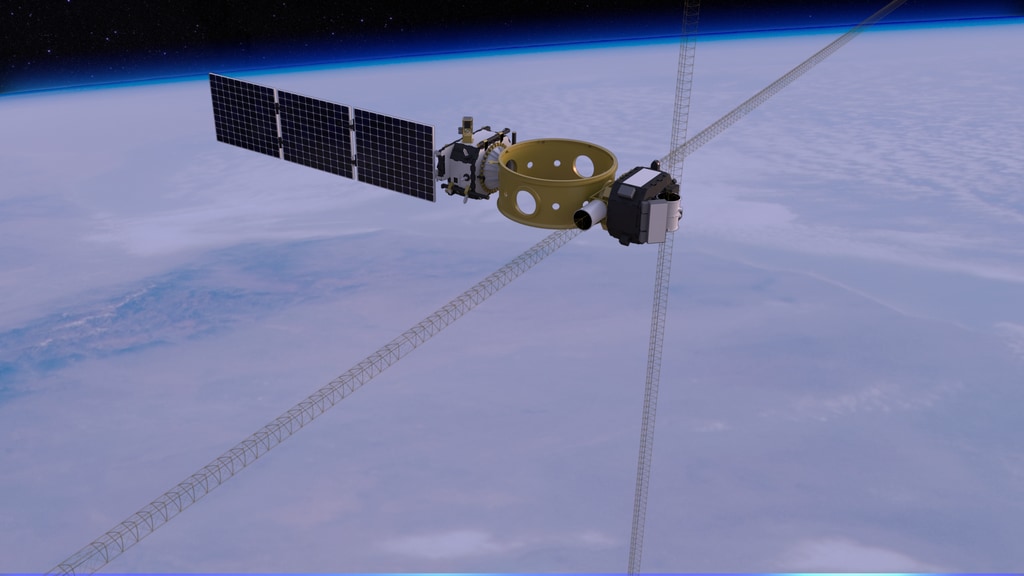Getting SET - The Mission to Protect Satellites from Radiation
SET is the latest addition to NASA’s fleet of heliophysics observatories. NASA heliophysics missions study a vast interconnected system from the Sun to the space surrounding Earth and other planets, and to the farthest limits of the Sun’s constantly flowing stream of solar wind. SET’s observations provide key information on the Sun’s effects on our spacecraft, enabling further exploration of space.
Watch this video on the NASA Goddard YouTube channel.
Complete transcript available.
Music credits: Night Moves by Max Cameron Concors, Wavelengths by Max Cameron Concors, and Alpha Helix by David Travis Edwards, Robert Anthony Navarro, Matthew St Laurent, and Christian Telford. End tag music credits: Radiant Energy by Chris Constantinou, Paul FrazerSummer 2019, NASA’s Space Environment Testbeds, or SET, will launch on its mission to study how to better protect satellites in space. SET studies the very nature of space itself — which isn’t completely empty, but brimming with radiation — and how it affects spacecraft and electronics in orbit. Energetic particles from the Sun or deep space can spark memory damage or computer upsets on spacecraft, and over time, degrade hardware. SET seeks to better understand these effects in order to improve spacecraft design, engineering, and operations, and avoid future anomalies. Spacecraft protection is a key part of NASA’s mission as the agency’s Artemis program seeks to explore the Moon and beyond.
SET is part of the Space Environment Effects (SFx) experiment, one of three experiments on board the Demonstration and Science Experiments, or DSX, spacecraft being launched by the U.S. Air Force.
DSX is launching as part of the Space Test Program-2 (STP-2) mission, managed by the U.S. Air Force Space and Missile Systems Center (SMC). SET is one of four NASA missions on this STP-2 launch — all of which are dedicated to improving technology in space. DSX separates from the launch vehicle approximately 3.5 hours after launch.
SET is the latest addition to NASA’s fleet of heliophysics observatories. NASA heliophysics missions study a vast interconnected system from the Sun to the space surrounding Earth and other planets, and to the farthest limits of the Sun’s constantly flowing stream of solar wind. SET’s observations provide key information on the Sun’s effects on our spacecraft, enabling further exploration of space.
SET is part of NASA’s Living with a Star program, which explores aspects of the Sun-Earth system that directly affect human life and society. The Living with a Star flight program is managed by Goddard.

GIF from animation of SET onboard the DSX spacecraft. Credit: NASA Goddard/CIL
Credits
Please give credit for this item to:
NASA's Goddard Space Flight Center
-
Engineer
- Megan Casey (NASA/GSFC)
-
Scientist
- Mike Xapsos (NASA/GSFC)
-
Producer
- Genna Duberstein (USRA)
-
Videographers
- Rob Andreoli (Advocates in Manpower Management, Inc.)
- John Caldwell (Advocates in Manpower Management, Inc.)
-
Animators
- Walt Feimer (KBR Wyle Services, LLC)
- Brian Monroe (USRA)
- Adriana Manrique Gutierrez (USRA)
- Chris Smith (USRA)
- Jonathan North (USRA)
-
Narrator
- Chris Smith (USRA)
-
Support
- Scott Wiessinger (USRA)
Release date
This page was originally published on Monday, June 10, 2019.
This page was last updated on Wednesday, May 3, 2023 at 1:45 PM EDT.

